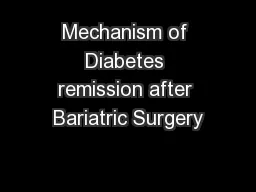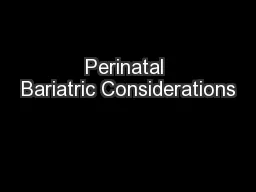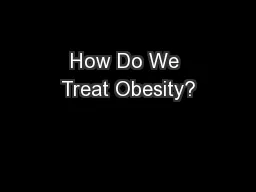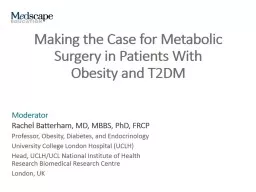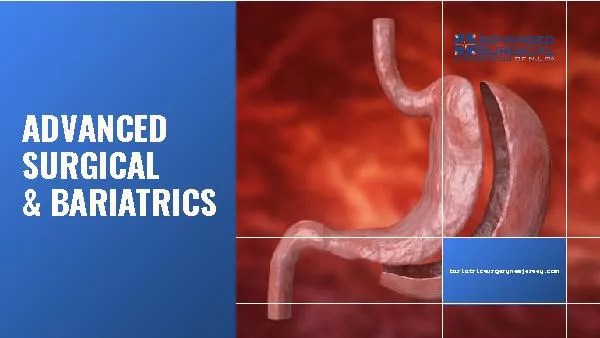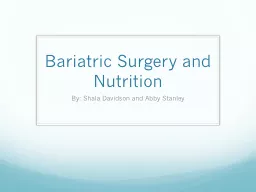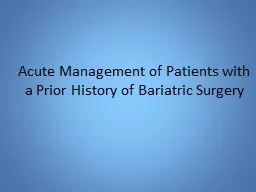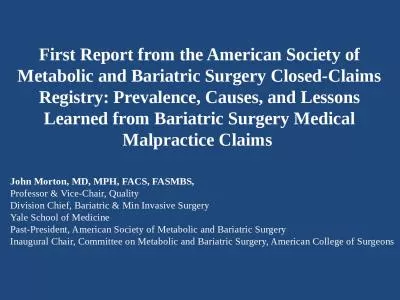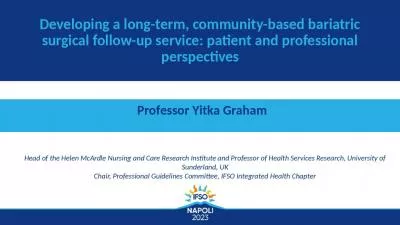PPT-Mechanism of Diabetes remission after Bariatric Surgery
Author : tatiana-dople | Published Date : 2017-04-27
Mr Siba Senapati Consultant Upper GI and Bariatric Surgeon Salford Royal Hospital DORN 2012 University of Manchester Background In midtwentieth century relationship
Presentation Embed Code
Download Presentation
Download Presentation The PPT/PDF document "Mechanism of Diabetes remission after Ba..." is the property of its rightful owner. Permission is granted to download and print the materials on this website for personal, non-commercial use only, and to display it on your personal computer provided you do not modify the materials and that you retain all copyright notices contained in the materials. By downloading content from our website, you accept the terms of this agreement.
Mechanism of Diabetes remission after Bariatric Surgery: Transcript
Download Rules Of Document
"Mechanism of Diabetes remission after Bariatric Surgery"The content belongs to its owner. You may download and print it for personal use, without modification, and keep all copyright notices. By downloading, you agree to these terms.
Related Documents

